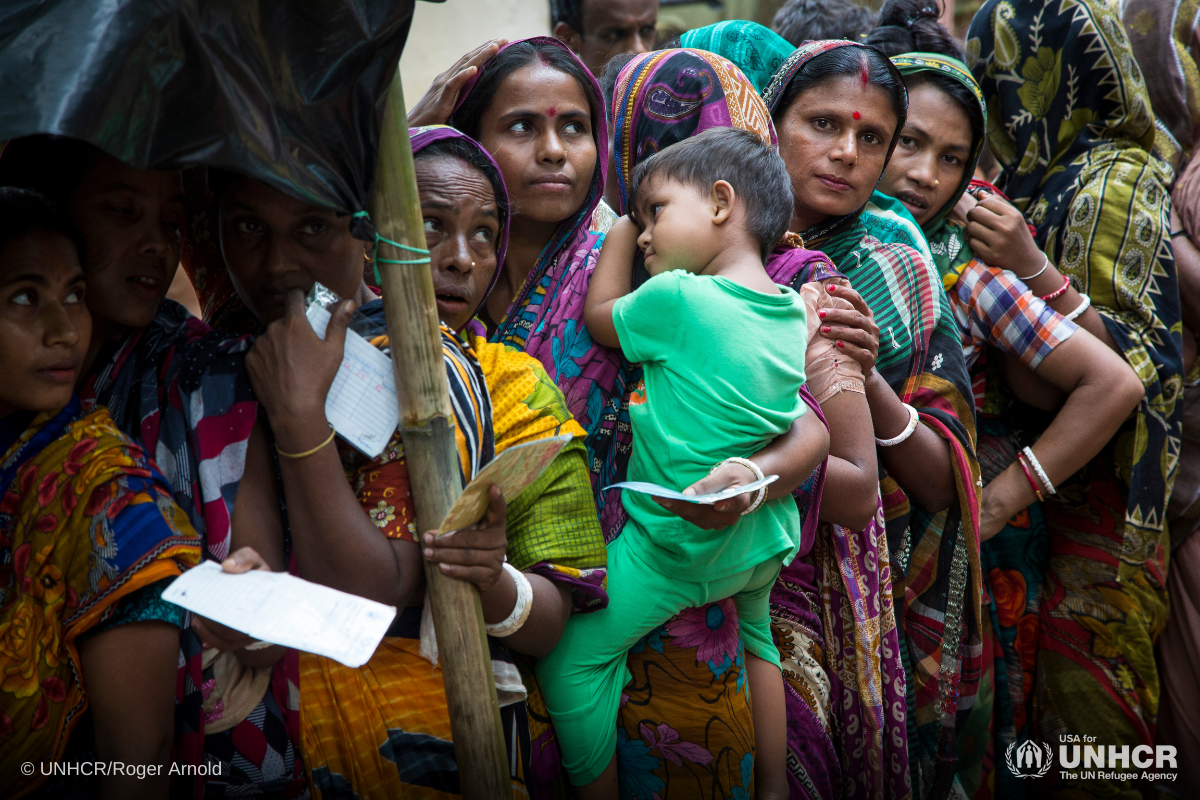
The International Institute for Religious Freedom (IIRF) has published a report using its Violent Incidents Database (VID), highlighting the ten countries with the most documented incidents of violence against religious groups other than Christians between November 2022 and November 2024. This report, supported by Global Christian Relief, provides a critical look at how Muslims, Jews, Hindus, and Buddhists have suffered targeted violence for their faith.
As an events-based repository, the VID offers a unique contribution among Freedom of Religion or Belief (FoRB) tools. It captures verified acts of physical violence and property destruction, enabling detailed, incident-level tracking that allows for both cross-national and subnational comparisons. This approach gives visibility to underreported trends and populations often overlooked by opinion-based indexes.
At the top of the list is Myanmar, where over 356,000 Muslim Rohingya were displaced or attacked—by far the highest number of any religious group recorded in this period. Myanmar also saw 7,541 attacks on religious property, underscoring the severe human cost of military campaigns against ethnic minorities.
Sudan ranks second, with over 10,000 Muslim victims due to conflict involving the Rapid Support Forces (RSF). Nigeria ranks third, as extremist violence in the north has killed over 2,700 Muslims. These findings point to overlapping dynamics of religious and political conflict that often impact intra-faith populations.
In China, state repression led to more than 6,000 non-Christian arrests, largely targeting Uyghur Muslims and Falun Gong adherents, although tight government control severely limits data availability. India ranks fifth, with 3,600 Muslim victims and significant destruction of homes and mosques—often linked to communal violence and anti-minority rhetoric.
Other countries in the top ten include Colombia, Iran, the Palestinian Territories, Israel, and the Democratic Republic of the Congo. In each case, the documented incidents of violence against minority religious groups are related to internal conflict or political instability.
The VID’s inclusion of non-Christian groups reflects a growing commitment to comprehensive monitoring of religious freedom issues. Key findings relevant to each major faith tradition include:
- Muslims were the most affected group, especially in Myanmar, Sudan, and India.
- Jews faced the greatest violence in Israel, particularly in the aftermath of the October 7, 2023, attacks by Hamas, with global surges in antisemitic incidents also documented.
- Hindus experienced attacks in India and Bangladesh, including widespread property destruction.
- Buddhists were primarily affected in Myanmar and China.
The report also tracks attacks on religious buildings, arrests, and forced displacements—factors that often go unrecorded in other datasets. For example, Bangladesh saw 283 attacks on Hindu temples, while Kyrgyzstan closed dozens of unregistered mosques and madrassas.
The VID’s strength lies in its reliance on event-level identification, allowing researchers to analyze not just where violence occurs but who is targeted, by whom, and how. This is especially important in regions with subnational variations in religious repression.
However, the report also acknowledges underreporting, particularly in authoritarian states such as China, where government control limits access to detailed incident data. The IIRF encourages local actors to contribute to the VID via its online submission form to help fill these gaps.
This report reinforces the importance of a multi-faith perspective in religious freedom advocacy. By expanding its scope to non-Christian victims, the VID affirms the IIRF’s mission to promote religious freedom for all communities. It provides a factual foundation for scholars, NGOs, and policymakers seeking to understand and respond to faith-based violence globally.
Our next post will analyze religious freedom violations affecting Christians.